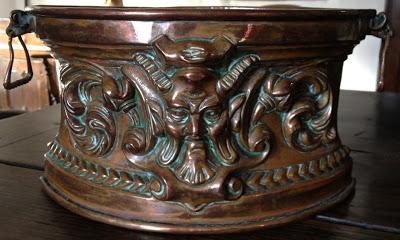
A copper jardiniere with a hidden history
New insights into Britain's extraordinary culinary history sometimes turn up in quite unexpected ways. A few weeks ago a great friend of mine, the sharp eyed Michael Finlay, a fellow Cumbrian with a lifetime's experience of dealing and collecting fine antiques, turned up at my house with an object he had just purchased. The vendor had described it as a Victorian jardiniere. This handsome looking copper vessel did indeed look like it may once have been given pride of place on a widow sill, perhaps with a large aspidistra growing out of it. But careful scrutiny of its structure alerted the ever watchful Michael to the fact that it was not what it seemed.Michael is a truly remarkable man. Over the years he has put together many major specialist collections of antique objects. These include bronze bell mortars, writing equipment and mining tokens. Once he has built up a large and representative assemblage, he then usually writes the authoritative book on the subject and sells the collection to finance his next interest. His remarkable book Western Writing Implements: In the Age of the Quill Pen won the Daily Telegraph book of the year award and now changes hands for hundreds of pounds. In the last few years he has turned his attention to collecting culinary antiques, an interest for which he blames me. In a very short time he has put together a museum style collection of the very highest quality. For instance in just one year he has assembled a truly extraordinary collection of pastry jagging irons, including wonderful rare examples dating from the renaissance through to the nineteenth century. They will form the subject of his next book, which is already taking shape.
However, let's return to his copper jardiniere. Michael thought that it had a very close resemblance to a nineteenth century pie mold. He should know, because he has some very nice examples himself and has spent many fruitful hours in my kitchen making pies with them. He was pretty sure he was right, but wanted confirmation from me. From the very moment I first saw it, I knew it had indeed once been a large copper pie mould, but had been subjected to a conversion probably at about the time of the First World War. Its once separate sections had been brazed together and a couple of brass handles attached. It was in fact one of the most unusual pie forms I have ever seen and certainly the most handsome. As you can see from the photograph, it is ornamented with the grimacing head of a horned satyr, perhaps intended to be old Pan himself. What a pie it must have made! A very interesting detail was an engraved ownership mark, an Italianate capital H surmounted by an earl's coronet.
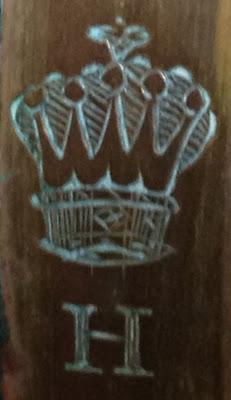
Marks of this kind are often seen on items of batterie de cuisine out of great house kitchens and this particular mark was very familiar to me as I had worked many times in the historic kitchen in Harwood House near Leeds, where many items are engraved with an identical mark. However, there were also earls of Huntingdon, Halifax and Harrington, so the jury is still out as to which noble kitchen it originally came from. But I suspect it is from Harewood. How it came to be turned into a plant pot is a mystery.
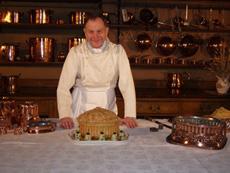
Ivan making pies some years ago in the Harwood kitchen using some of the copper pie moulds that have survived there from the nineteenth century
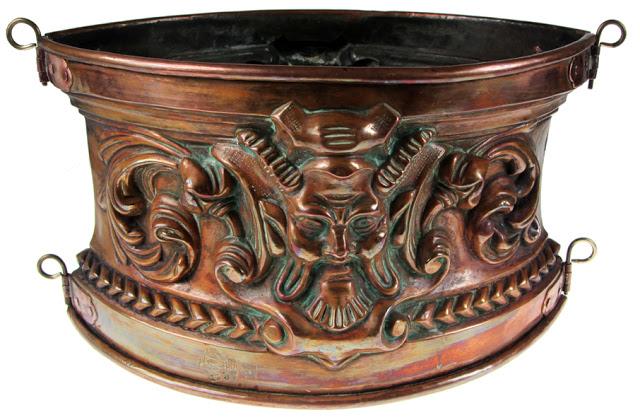

Our 'satyr' pie with its lid ready to be ornamented
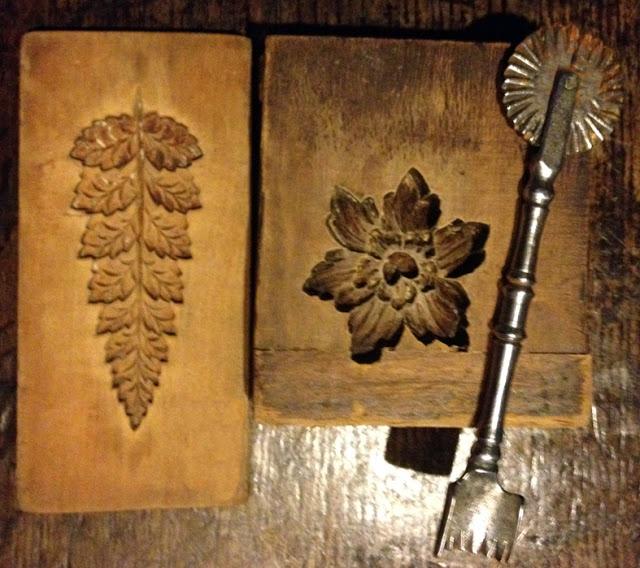
With the help of a jagging iron and a couple of pie boards to make pastry ornaments we embellished the lid
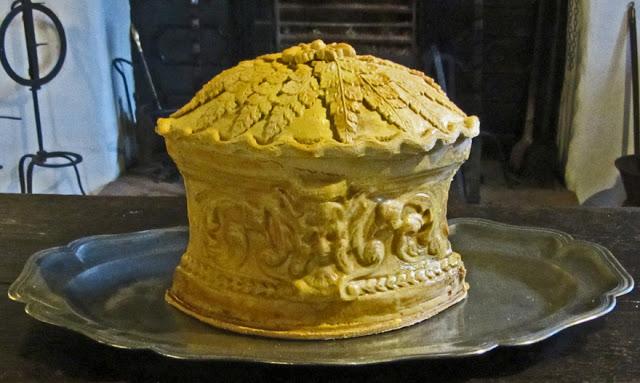
The reborn 'satyr pie' egged and glazed, a testimony to the once fine art of British pastry making
